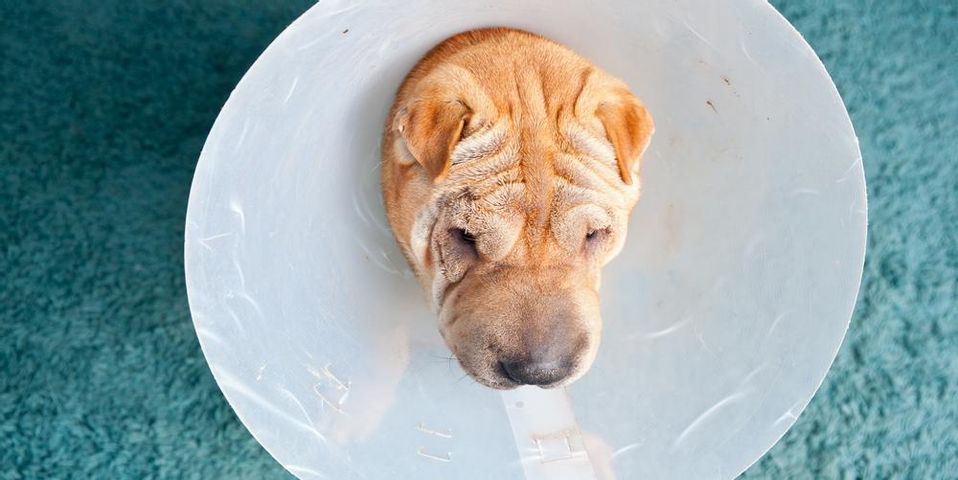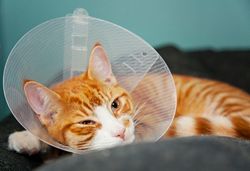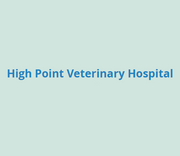5 Ways to Help Your Dog or Cat Recover After Pet Surgery

From routine neutering to emergency procedures, pet surgery can help keep your furry friend healthy. But since many procedures can put strain on the body and need to heal, it is essential to keep a close eye on your pet after the surgery. As an emergency vet in Guilford County, NC, High Point Veterinary Hospital highlights a few critical steps to helping your animal recover after a surgical procedure.
5 Tips to Promote Healing After Pet Surgery
1. Create a Restful Space
As soon as your animal comes home, they’ll need a safe, quiet, undisturbed space to rest. While they will be groggy as the anesthesia wears off, many dogs and cats will try to resume normal activities as they heal. To discourage movements that could tear their stitches, keep your pet on the floor and don’t let them jump up on things. If possible, keep your other animals in another area of the home.
2. Have Medication Ready
 Your veterinarian may prescribe pain medication to help your animal avoid discomfort after the surgery. If this is the case, make sure to have the prescription filled beforehand, and stay on schedule when you administer the medication.
Your veterinarian may prescribe pain medication to help your animal avoid discomfort after the surgery. If this is the case, make sure to have the prescription filled beforehand, and stay on schedule when you administer the medication.
3. Make Sure They Have Water & Simple Meals
Hydration is incredibly important during the recovery process, so make sure your dog or cat always has fresh water. Also, keep meals small and simple. Since many pets will feel nauseous after surgery—especially if they are on medication—it’s a good idea to avoid treats and foods that that may cause vomiting. Instead, opt for dry food or cooked chicken and rice.
4. Take Bathroom Breaks Often
If your pet is tired or disoriented after a surgery, they may have trouble letting you know when they have to go to the bathroom. Depending on the location of the surgical site, they may also find it difficult to position themselves to use the bathroom.
In most situations, cats will be able to use the litter box as long as its conveniently located. Dogs, on the other hand, will need to be brought outside on a leash for short periods to relieve themselves. If your dog is trained to use pee pads, you may want to put them around the recovery area as well.
5. Monitor the Wound
Your vet will provide specific care instructions to help you monitor the wound and make sure it’s healing correctly. In some cases, you’ll have to wash the area or apply topical medication. Other times, you may simply have to make sure it stays dry. If your animal has stitches, using a cone is the best way to prevent them from biting them out.
Staffed with pet surgery specialists, High Point Veterinary Hospital will help you prepare for the procedure and the recovery period. Visit this animal hospital online to learn more about their approach to compassionate and thorough pet care. To schedule an appointment, call (336) 889-3832.
About the Business
Have a question? Ask the experts!
Send your question

